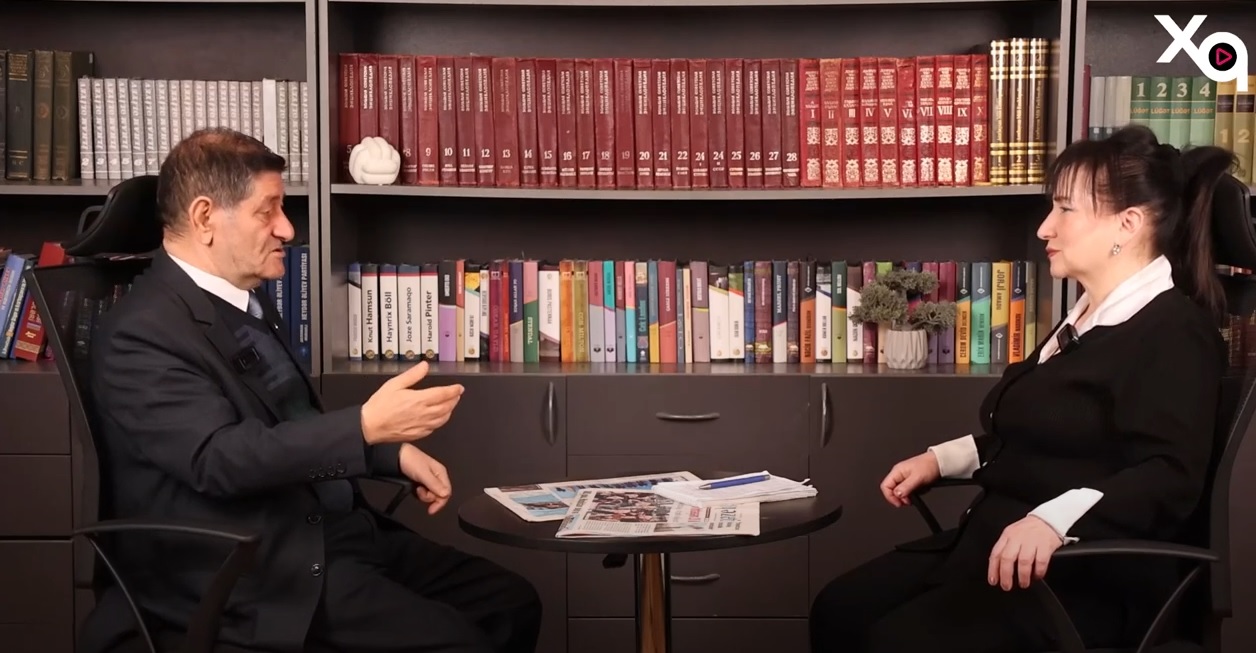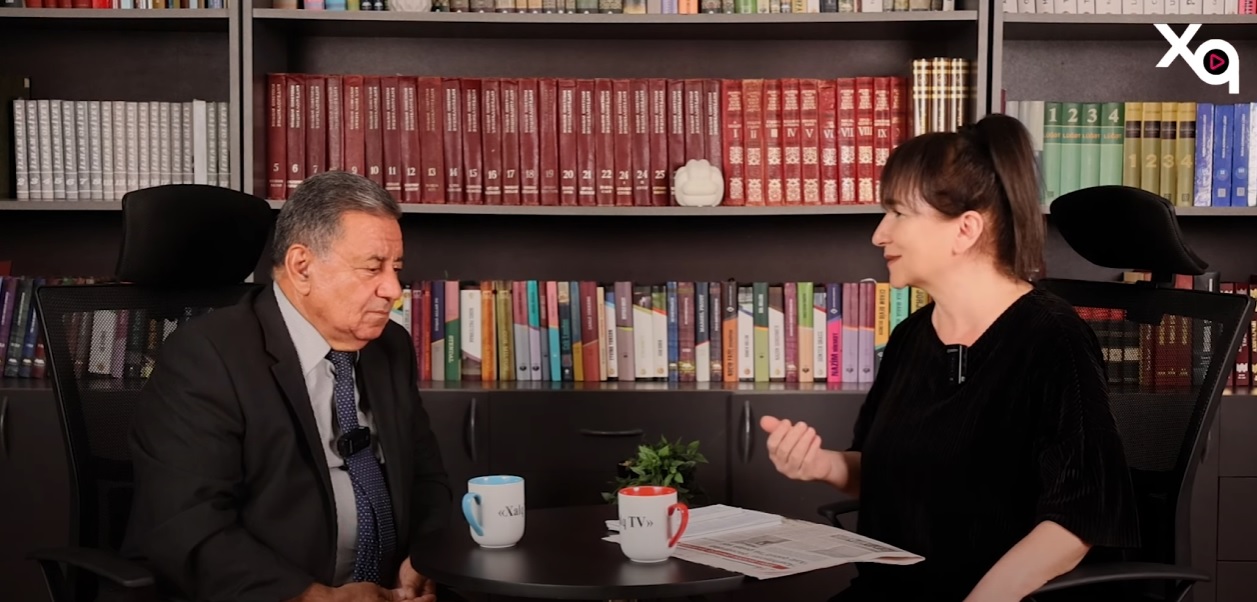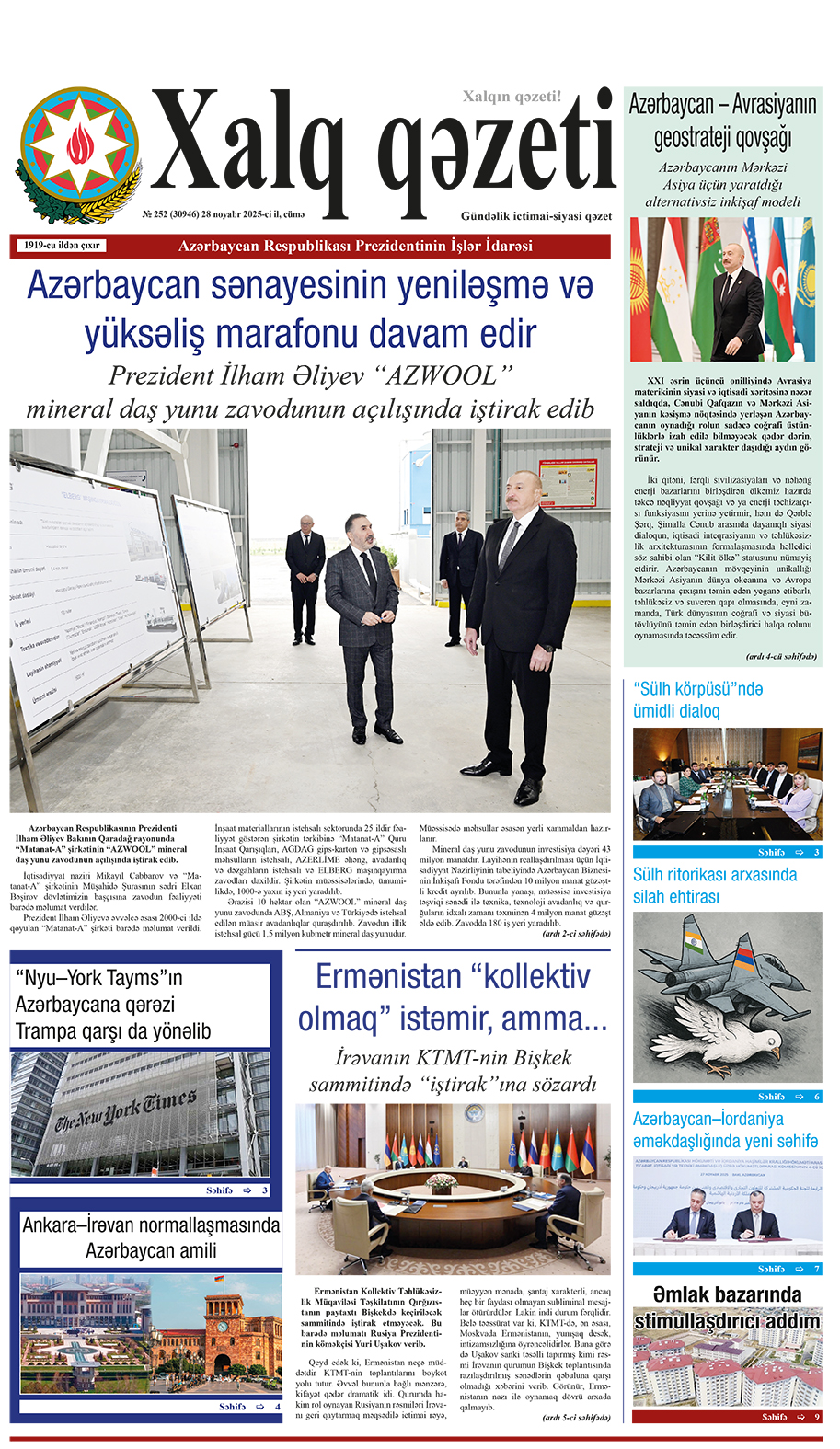Jerusalem Post
ByMAYA ELHALAL
Technologies like stem cells, organs-on-chip and artificial intelligence are already reshaping medicine, shifting it from treating diseases to preserving and repairing the body at the cellular level.
In recent decades medical science has undergone a revolution. If once medicine dealt mainly with curing diseases after they appeared, today a new approach is becoming established: Preventive, predictive, personalized and regenerative medicine – longevity medicine.
The goal is no longer only to extend life, but to extend the healthspan – the functional years in which we live without chronic diseases, hidden inflammation and metabolic overload.
While life expectancy has risen dramatically in recent decades, the number of healthy years has barely changed. From here emerged a powerful scientific insight: The next target of medicine is quality years of life – not just years of life cleanly appearing in statistics.
This is how Yamanaka’s breakthrough opened a new era
The scientific basis for the longevity revolution began in 2006, with the discovery of the iPSC – induced pluripotent stem cells. Prof. Shinya Yamanaka and Kazutoshi Takahashi showed that it is possible to take a mature cell and return it to a youthful state using only four transcription factors – the Yamanaka factors. The discovery proved that a mature cell has a “biological clock” that can be turned backwards. In 2012 the Nobel Prize in Medicine was awarded to Yamanaka for the scientific achievement that changed the understanding of cellular aging.
But the real spark for the revolution was a 2020 Harvard study: The group of Prof. David Sinclair succeeded, using the OSK trio, in restoring vision in certain mice with glaucoma by partially “resetting” the epigenetic clock. From there to regenerative treatments for humans – the path shortened significantly.
Follow-up studies showed that partial reprogramming may extend lifespan in mice and improve aging markers. This was the moment in which the concept of biological rejuvenation turned from speculation into applicable science.
Scientific progress led to the establishment of one of the fastest-growing biotech industries of the past decade:
• Altos Labs – opening fundraising of approximately 3 billion dollars (2022)
• Retro Biosciences of Sam Altman raised 180 million dollars + a target of an additional billion
• NewLimit of Brian Armstrong raised 130 million dollars in a Series B (2025)
In less than 20 years a theoretical idea has become one of the most promising fields in human biology.
A miniature version of our organs – on a chip
In parallel to the stem cell revolution, another revolutionary technology was born: Organs-on-chip. These are chips on which real human cells grow – of heart, lung, intestine, liver and more – in an environment that simulates real biological conditions.
Among the advanced capabilities, the technology allows:
• Testing drug toxicity on a “miniature human heart”
• Examining treatment combinations on human tissues
• More accurate prediction of side effects
• Personalized drug adjustment
• Creation of patient-derived organoids (PDO)
This is not futurism – this is happening right now.
In 2022 the FDA Modernization Act 2.0 passed in the U.S., allowing for the first time the approval of drugs without animal experiments – thanks to the efficiency of organ-on-chip. In 2025 the FDA officially announced the preference for advanced human-based methods, foremost among them organs-on-chip.
Dr. Isaac Bentwich, physician, scientist and entrepreneur (QurisAI), explained at the Longevity 2025 Conference: “We are moving from a world in which drugs were tested on animals – to a world in which they are tested on a miniature version of the patient himself. This is a dramatic shift in accuracy, safety and efficacy.”
The personalized medicine revolution: Testing chemotherapy on a “miniature human”
Patient-derived organoids (Patient-Derived Organoids) are already in use in early clinical trials.
Through them it is possible to:
• Test how a cancerous tumor will respond to chemotherapy
• Predict side effects
• Choose a more precise treatment
• Avoid unnecessary and toxic treatments
Studies showed high correlation between the organoid’s response and the actual patient’s response. At the same time, commercial services are beginning to offer creation and storage of iPSC cells – for future treatments.
As the technology becomes more powerful, one thing becomes clearer: It needs a functioning body to work. Young cells cannot repair tissues when the body is in a chronic state of:
• Hidden inflammation
• Insulin resistance
• Lack of sleep
• Nutrient deficiency
• Metabolic overload
• Continuous stress
Technology is a partner – not a replacement.
To maximize the potential of rejuvenation and regeneration treatments, we need a healthy biological foundation: Quality sleep, physical activity, stress management, precise nutrition and preventive tests. These are the prerequisites that allow the new medicine to truly restore, repair and renew.
Longevity is changing the face of medicine: We are shifting from a world in which problems were treated after they appeared, to a world in which we prevent, regenerate, and extend healthy life. But for the technology to work – we must be full partners.
The writer is a biohacker specializing in protocols that promote quality and longevity. Founder and CEO of Ash for Healthy Longevity and editor of the website Longevity Science.



















